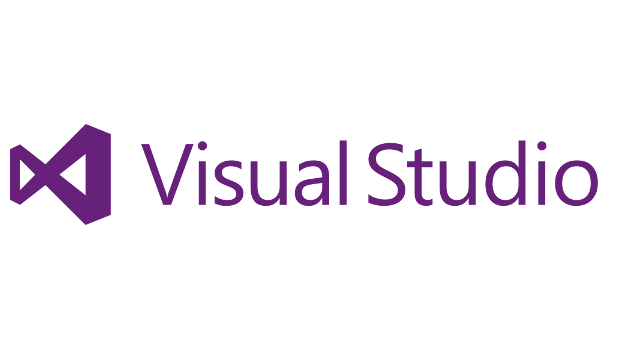Microsoft’s Visual Studio Team Services cloud-based application development platform is improving pull requests, package management, and GitHub build integration.
Upgrades will make it easier to work with pull requests assigned to teams, Microsoft said in a bulletin discussing improvements planned for rollout during the next few weeks. “When a PR is created or updated, email alerts will now be sent to all members of all teams that are assigned to the PR,” the company said in release notes on Team Services. A future release will support pull requests assigned to Azure Active Directory groups and teams containing these groups.
Team Services also is being fitted with guidance for teams using branch policies. The PR view will present the call to action making the most sense for a user. This will be done by using information about the person viewing the page and the state of configured branch policies.
Microsoft also is looking to help users better manage comments. In the PR header, users will see a count of resolved comments. As comments are resolved, the count will go up until all comments have been addressed. Filtering by various comment states is offered as well.
The package management UI in Team Services has been overhauled. “We think it’s more responsive and simpler,” Brian Harry, Microsoft vice president for cloud developer services, said on Friday. “For now it’s opt-in; eventually, it will become the default.” Package management also has been made faster.
Team Services is being fitted with a trigger enabling developers to build GitHub pull requests automatically. Once the build is done, it will be reported via a comment in the pull request. “For security, we only build pull requests when both the source and target are within the same repo. We don’t build pull requests from a forked repo,” Microsoft said.
Finally, Team Services now features a pipelines queue and pipelines-based pricing model. It lets users run as many builds or releases concurrently as the number of pipelines in their account. Builds and releases beyond this limit are queued up while waiting for earlier builds and releases to complete.
IDG News Service








Subscribers 0
Fans 0
Followers 0
Followers